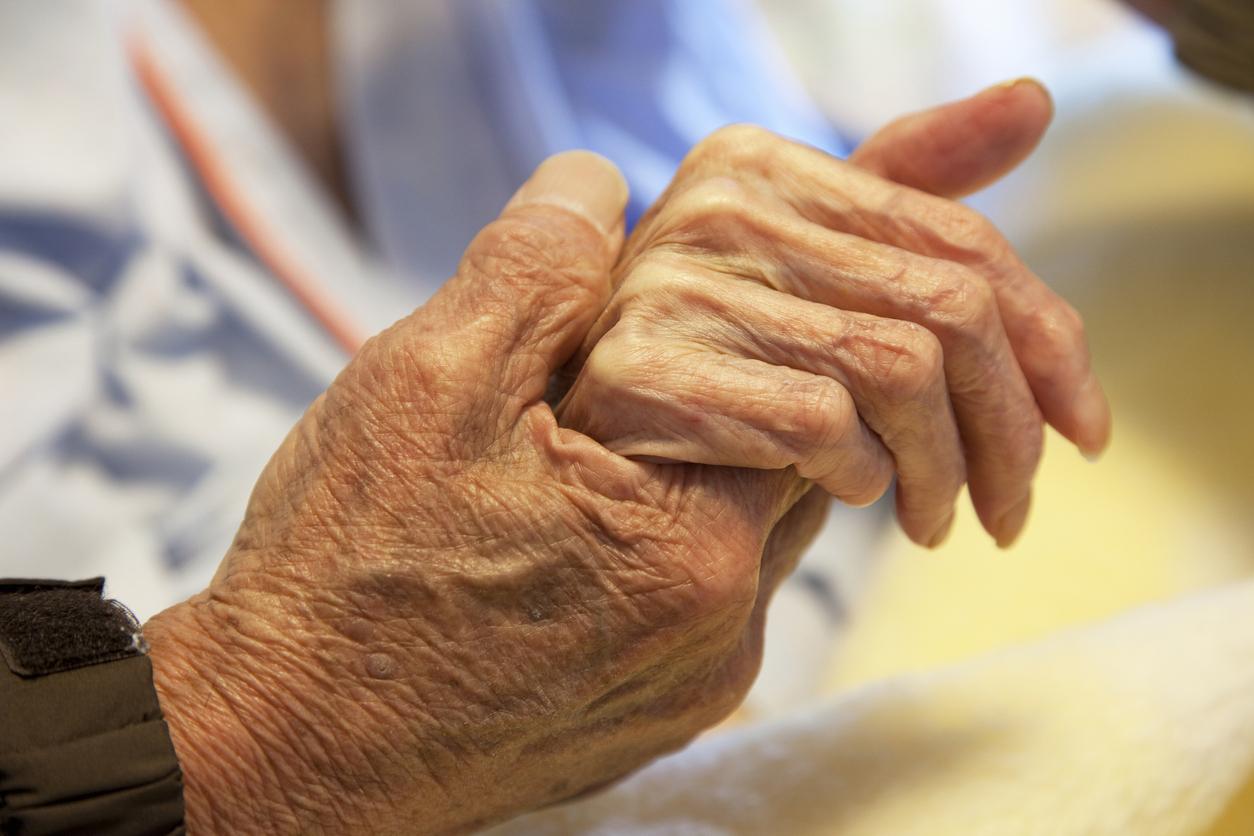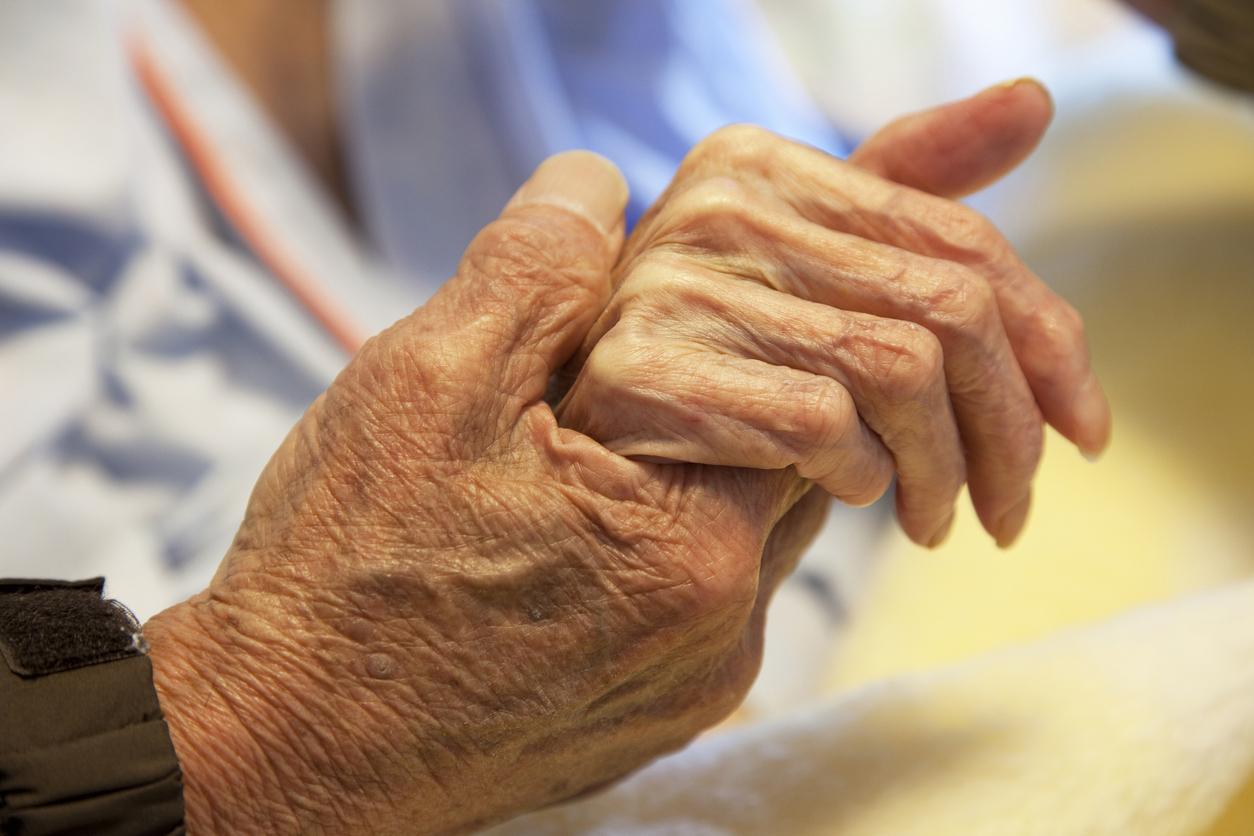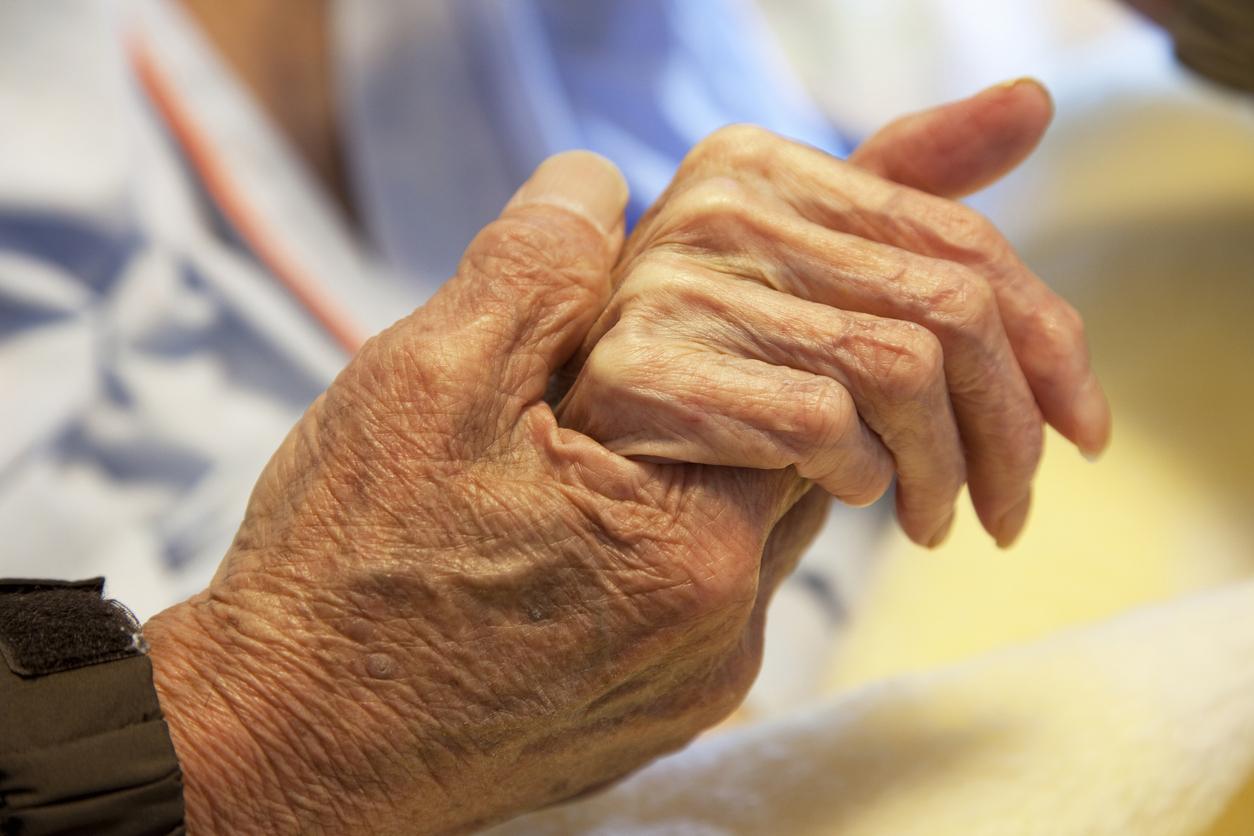The end-of-life bill must be presented to Emmanuel Macron “at the end of summer”. It will include three components: palliative care, personal rights and active assistance in dying. Agnès Firmin Le Bodo, Minister Delegate in charge of Territorial Organization and Health Professions who will participate in the program “La Santé en Questions”, Tuesday September 5 on Fréquence Médicale affirmed on August 1 that “nothing has been decided yet ” and that “all avenues are open”. On the eve of this meeting, some keys to the place of the end of life in history to shed light on the debate.

- After the conclusions of the citizens’ convention convened on the subject, a bill on the end of life must be presented before the end of the summer to Emmanuel Macron.
- Ethical, cultural and medical debates have marked reflection on the end of life for centuries.
- From acceptance of the natural cycle of life and death to active assistance in dying, major changes in perspective show the evolution of society’s outlook.
The story of the end of life reflects the ethical, cultural and medical transformations that have marked humanity. As society continues its quest for balance between individual autonomy and collective considerations, the issue of end of life remains a complex challenge. Since time immemorial, humanity has been faced with this question. The history of the end of life testifies to a progression in society’s outlook marked by major changes in perspective.
In the Middle Ages, mysticism and acceptance
In ancient civilizations and until the Middle Ages, death was often seen as a natural transition to the afterlife. Religious or simply spiritual traditions played a preponderant role in the way individuals approached death. Obviously, palliative care was a still poorly defined concept which only aimed, of course, at relieving pain, with the very limited means of those times. And artificial life extension was simply unthinkable. In fact, the end of life was marked by an acceptance of the cycle of life and death.
Advent of modern medicine in the 19th century: between ethical conflicts and medical advances
With the advent of modern medicine from the 19th century, the first possibilities for prolonging life began to emerge. But these treatments, which are still in their infancy, are already raising ethical questions: the appearance of resuscitation opens the debate on the artificial extension of life for patients in a vegetative state or in the terminal phase of an illness.
In the 20th century, a major turning point: towards a redefinition of the end of life
In the 20th century, the debate heated up on the question of “dignified” death and the capacity of individuals to decide for themselves the time and manner of their death. Philosophers get involved and highlight the need to respect, at the end of life, the wishes of each patient. At the same time, the question of palliative care is increasingly important: the principle of relieving pain and maintaining the quality of life rather than its artificial prolongation at all costs is essential to the greatest number of people.
The Vincent Lambert affair: difficult to avoid the debate on euthanasia
The case of Vincent Lambert, plunged into a vegetative state after a car accident in 2008, has become the symbol for the “right to die with dignity”. This case sparked fierce discussions and brought the debate on end of life and euthanasia to the courts. While in France the Claeys-Léonetti law of February 2, 2016 makes it possible to better respond to the demand to die with dignity through better management of suffering, and by clarifying the use of deep and continuous sedation until upon death, in a terminal phase, and also allows us to consolidate the place of the expression of the patient’s wishes in the decision-making process and in particular of his “previously expressed wishes” the family of Vincent Lambert was torn apart in court over the question of continuing or stopping treatments.
This case illustrates the tensions that can exist between respect for the patient’s wishes, moral or religious considerations, but also due to family considerations.
A citizens’ convention in favor of supervised euthanasia
The citizens chosen at random to reflect on these questions spoke out within the framework of a citizens’ convention intended to inform the drafting of a bill on the end of life for assisted suicide or euthanasia. If this bill places a lot of emphasis on the development of palliative care, which a priori has a consensus – on condition that the health system is provided with adequate resources -, other provisions will give rise to passionate debates: active assistance for dying which could lead the doctor to end the life of a patient who requests it and deep and continuous sedation, again at the request of the patient, which also involves the doctor in the death process.

















